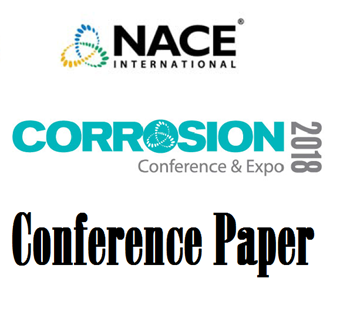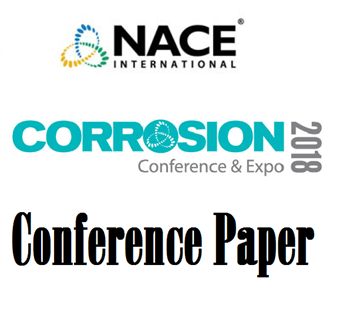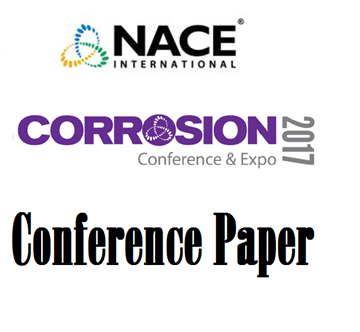Search
51318-11210- Manipulator Robot for Cathodic Protection Site Survey
Also Purchased
51318-11271- AC Corrosion Control: When Too Much Cathodic Protection Might Just be a Bad Thing!
Product Number:
51318-11271-SG
Publication Date:
2018
$20.00
51318-10544-Cathodic Protection, Coatings that Shield Cathodic Protection, Stress Corrosion Cracking and Corrosion Assessment in Aging Coated Pipe Lines and Buried Utility Structures
Product Number:
51318-10544-SG
Publication Date:
2018
$20.00
Cathodic Protection and MIC - Effects of local electrochemistry
Product Number:
51317--9452-SG
ISBN:
9452 2017 CP
Publication Date:
2017
$20.00




